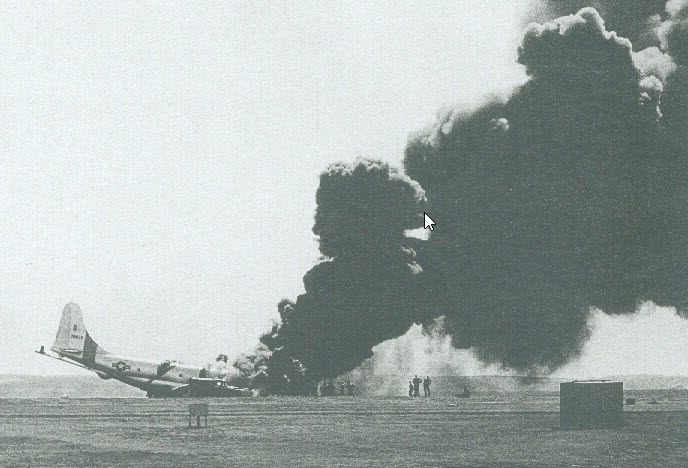Crash of a Piper PA-46-500TP Malibu Meridian in North Platte: 2 killed
Date & Time:
Nov 9, 2022 at 0934 LT
Registration:
N234PM
Survivors:
No
Schedule:
Lincoln – North Platte
MSN:
46-97200
YOM:
2005
Crew on board:
1
Crew fatalities:
Pax on board:
1
Pax fatalities:
Other fatalities:
Total fatalities:
2
Captain / Total hours on type:
24.00
Aircraft flight hours:
649
Circumstances:
The pilot obtained a preflight weather briefing about 2.5 hours before departing on an instrument flight rules (IFR) cross-country flight. Automatic dependent surveillance-broadcast (ADS-B) and weather data indicated the flight encountered low IFR (LIFR) conditions during the approach to the destination airport. These conditions included low ceilings, low visibility, localized areas of freezing precipitation, low-level turbulence and wind shear. The ADS-B data revealed that during the last minute of data, the airplane’s descent rate increased from 500 ft per minute to 3,000 ft per minute. In the last 30 seconds of the flight the airplane entered a 2,000 ft per minute climb followed by a descent that exceeded 5,000 ft per minute. The last data point was located about 1,000 ft from the accident site. There were no witnesses to the accident. A postaccident examination of the airframe and engine revealed no evidence of mechanical malfunctions or failures that would have precluded normal operation. The airplane’s flight instruments and avionics were destroyed during the accident and were unable to be functionally tested. The rapid ascents and descents near the end of the flight track were consistent with a pilot who was experiencing spatial disorientation, which resulted in a loss of control and high-speed impact with terrain. The pilot purchased the airplane about 3 weeks before the accident and received about 15 hours of transition training in the airplane, including 1 hour of actual instrument conditions during high-altitude training. The pilot’s logbook indicated he had 5.2 hours of actual instrument flight time. At the time of the pilot’s weather briefing, the destination airport was reporting marginal visual flight rules (MVFR) conditions with the terminal area forecast (TAF) in agreement, with MVFR conditions expected to prevail through the period of the accident flight. LIFR conditions were reported about 40 minutes before the airplane’s departure and continued to the time of the accident. Light freezing precipitation was reported intermittently before and after the accident, which was not included in the TAF. The destination airport’s automated surface observing system (ASOS) reported LIFR conditions with overcast ceilings at 300 ft above ground level (agl) and light freezing drizzle at the time of the accident. Low-level turbulence and wind shear were detected, which indicated a high probability of a moderate or greater turbulence layer between 3,600 and 5,500 ft mean sea level (msl) in the clouds. During the approach, the airplane was in instrument meteorological conditions with a high probability of encountering moderate and greater turbulence, with above freezing temperatures. The National Weather Service (NWS) had issued conflicting weather information during the accident time period. The pilot’s weather briefing indicated predominately MVFR conditions reported and forecasted by the TAFs along the route of flight, while both the NWS Aviation Weather Center (AWC) AIRMET (G-AIRMET) and the Graphic Forecast for Aviation (GFA) were depicting IFR conditions over the destination airport at the time of the briefing. The TAFs, GAIRMET, and Current Icing Product (CIP)/Forecast Icing Products (FIP) were not indicating any forecast for icing conditions or freezing precipitation surrounding the accident time. The pilot reviewed the TAF in his briefing, expecting MVFR conditions to prevail at his expected time of arrival. The TAF was amended twice between the period of his briefing and the time of the accident to indicate IFR to LIFR conditions with no mention of any potential freezing precipitation or low-level wind shear (LLWS) during the period. Given the pilot’s low actual instrument experience, minimal amount of flight experience in the accident airplane, and the instrument conditions encountered during the approach with a high probability of moderate or greater turbulence, it is likely that the pilot experienced spatial disorientation and lost control of the airplane.
Probable cause:
The pilot’s flight into low instrument flight rules conditions and turbulence, which resulted in spatial disorientation, loss of control, and an impact with terrain. Contributing to the accident was the pilot’s lack of total instrument experience.
Final Report:














